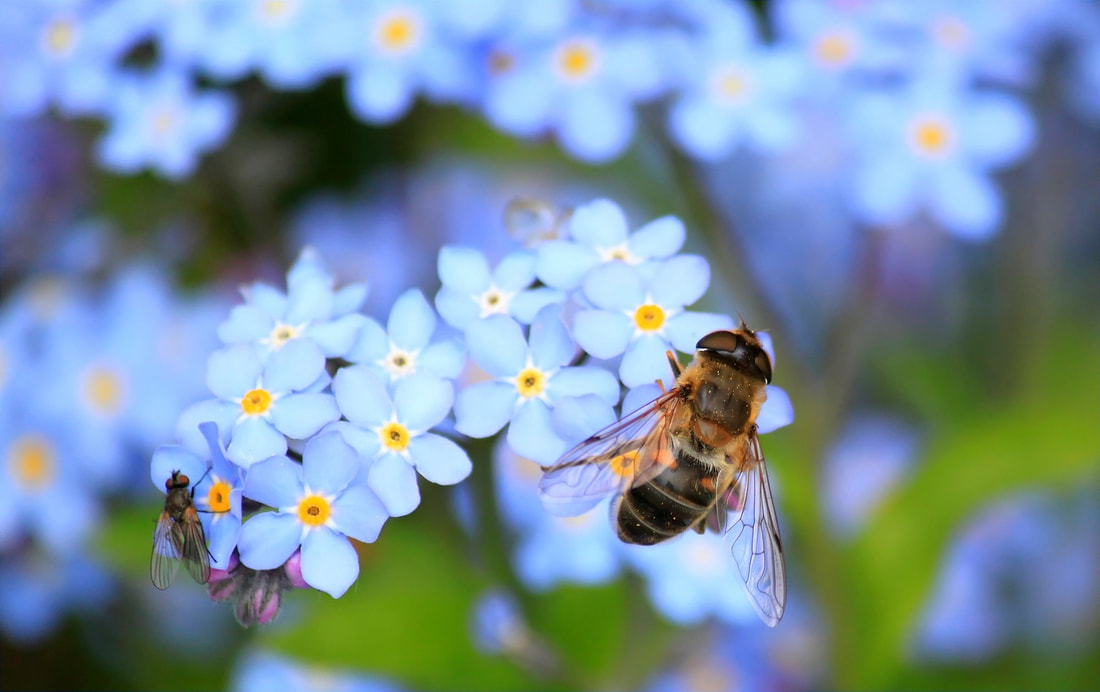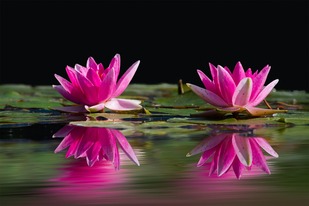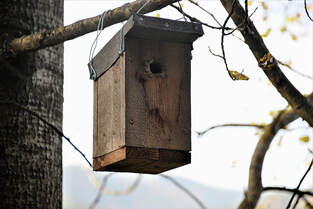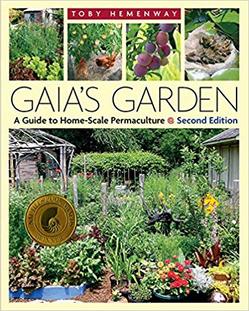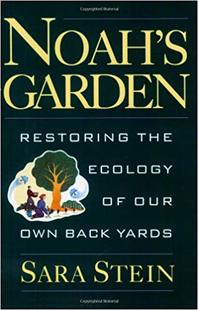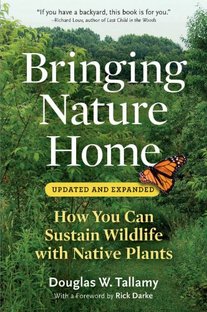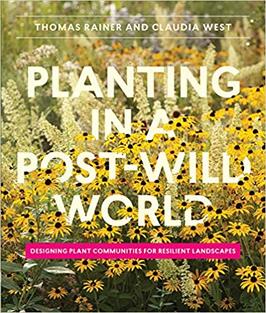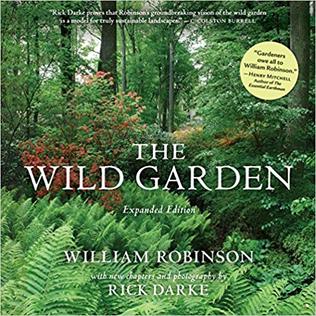Menu
How to Gardenwild
Critical Components of a Wildlife Garden
GardenWild Basics
Wildlife gardening is all about making sure that we are not only tending to our own needs, but also the needs of local wildlife. It could be considered a philosophy of land management. At it's core, there are several core components required of a wild garden:
Planning
Wild gardening requires a bit of planning before getting started. There are several essential questions that need to be answered before continuing with developing a wild garden:
- Use of native plants
- Integrating a diversity of habitats
- Providing access to water
- Providing access to shelter
- Utilizing ecologically conscious gardening techniques
Planning
Wild gardening requires a bit of planning before getting started. There are several essential questions that need to be answered before continuing with developing a wild garden:
- What plants grow in your area?
- What pollinators live in your area? What plants are they attracted to?
- What native plant nurseries are in your area?
Additional Resources
California Carnivores - Carnivorous Plant Resource
Flower Fragrances to Attract Bees and Butterflies
The Great Backyard Bird Count
iNaturalist
National Wildlife Federation - Create a Wildlife Garden
Native Plant Lists by Region
Oregon Flora Project
Web Soil Survey
Flower Fragrances to Attract Bees and Butterflies
The Great Backyard Bird Count
iNaturalist
National Wildlife Federation - Create a Wildlife Garden
Native Plant Lists by Region
Oregon Flora Project
Web Soil Survey
